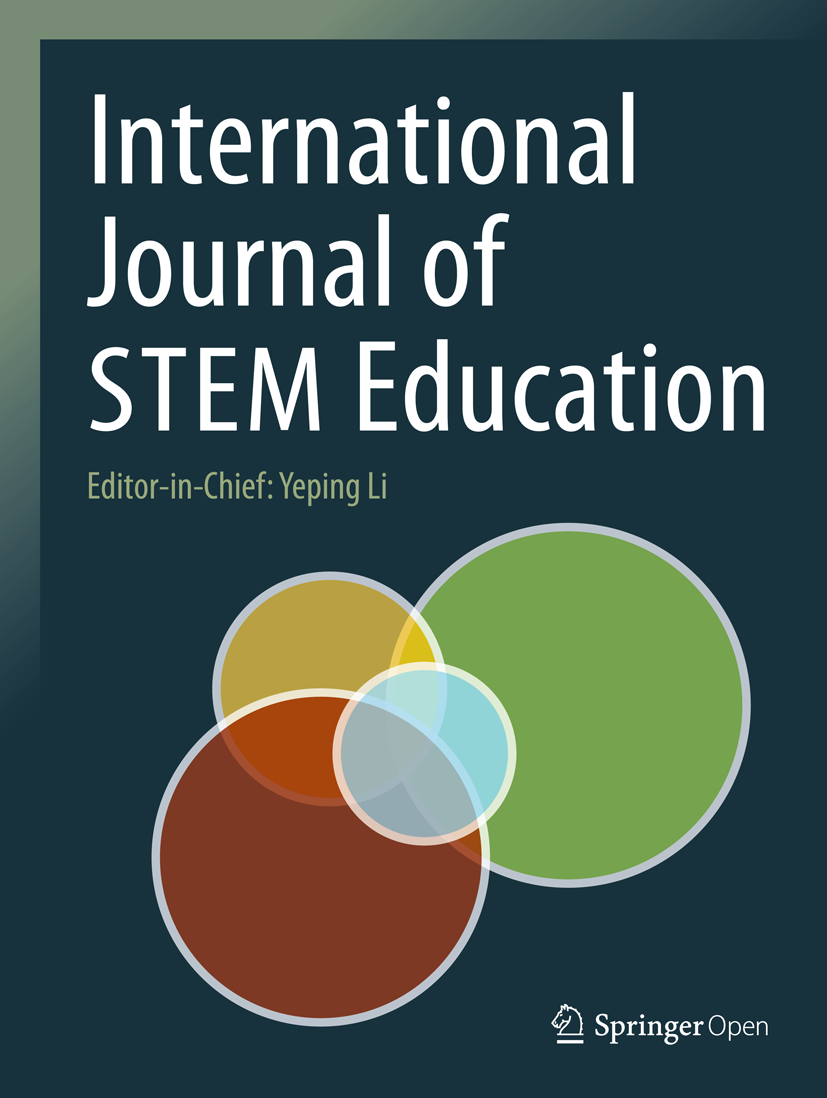工程学博士助教评价中的性别模式证实了角色一致性理论
IF 8
1区 教育学
Q1 EDUCATION & EDUCATIONAL RESEARCH
引用次数: 0
摘要
有关学术界性别偏见的大量研究表明,女教师在学生心目中的评分往往低于男教师。这种机制是复杂的、交叉的,通常与角色一致性理论有关。很少有研究对研究生助教(TA)评价中的类似模式进行研究。在研究机构中,助教占教学团队的很大一部分。发现偏见并努力消除偏见,对于改变高等教育中已被充分证明的性别失衡现象至关重要。为了评估与性别相关的对研究生助教教学技能的看法,我们使用序数逻辑回归模型对康奈尔大学(美国一所大型 R1 院校)工程学院博士助教五个学期(COVID 前)的李克量表、学期中调查数据进行了分析。我们还将每个调查问题的得分与男性和女性助教的总体助教质量评分进行了回归,以比较这些关系的强度,并探索与性别角色相关的学生期望的潜在差异。对一部分叙述性评论数据进行了主题编码、分析,并与其他观察到的模式进行了三角测量。在学生评价表现的所有调查问题中,男性助教获得较好评价的可能性都高于女性助教。特定问题与助教质量总体评分之间不同斜率关系的统计证据表明,女性和男性助教的行为/属性与社会赋予该性别的角色相一致,因而更受 "重视"。与男性助教相比,女性助教在沟通技巧方面获得的正面评价比例更高,在支持性方面获得的评价也更多。男性获得了更多关于其作为助教的整体价值的评论,但无论性别如何,所有关于助教整体素质的评论都是正面的。男性和女性助教在知识、热情、准备或公平性方面的正面或负面评论的数量和比例是相同的。助教评价中出现了性别差异,这与教师教学评价研究中观察到的模式一致。助教的总体评价与特定调查问题和叙述性回答的得分之间的相关性表明,角色一致性影响着学生认为不同性别的助教所具有的重要和积极的特质。本文章由计算机程序翻译,如有差异,请以英文原文为准。
Gender patterns in engineering PhD teaching assistant evaluations corroborate role congruity theory
The body of work regarding gender bias in academia shows that female instructors are often rated lower by students than their male counterparts. Mechanisms are complex and intersectional and often associated with role congruity theory. Little research has examined parallel patterns in graduate teaching assistant (TA) evaluations. In research institutions, TAs make up a large portion of teaching teams. Identifying bias and working to remove it is critical to shifting the already-well-documented gender imbalance in higher education. To evaluate gender-associated perceptions of graduate TAs’ teaching skills, we analyzed Likert-scale, mid-semester survey data using ordinal logistic regression models for PhD TAs in five (pre-COVID) semesters in the College of Engineering at Cornell University, a large R1 institution in the United States. We also regressed scores for each survey question against the overall TA quality rating for male- and female-identifying TAs to compare the strength of those relationships and explore potential differences in student expectations associated with gender roles. A subset of narrative comment data were coded into themes, analyzed, and triangulated with other observed patterns. Male TAs had a higher likelihood of receiving a better rating than female TAs for all survey questions in which students rated performance. Statistical evidence of different slopes of relationships between particular questions and overall TA quality rating suggested that female and male TAs were “valued” more for behaviors/attributes congruent with roles ascribed to that gender in broader society. Female TAs received a higher proportion of positive comments for communication skills and more comments regarding supportiveness than male TAs. Males received more comments about their overall value as TAs, however all comments regarding overall quality as TAs were positive regardless of gender. The amount and proportion of comments that were positive or negative for knowledge, enthusiasm, preparedness or fairness were the same for male and female TAs. Gender-based disparity is occurring in TA evaluations and aligns with patterns observed in research on teaching evaluations for faculty. Correlation between overall TA ratings and scores for specific survey questions and narrative responses indicate that role congruity influences traits that students perceive as important and positive in TAs of different genders.
求助全文
通过发布文献求助,成功后即可免费获取论文全文。
去求助
来源期刊

International Journal of Stem Education
Social Sciences-Education
CiteScore
12.40
自引率
11.90%
发文量
68
审稿时长
13 weeks
期刊介绍:
The International Journal of STEM Education is a multidisciplinary journal in subject-content education that focuses on the study of teaching and learning in science, technology, engineering, and mathematics (STEM). It is being established as a brand new, forward looking journal in the field of education. As a peer-reviewed journal, it is positioned to promote research and educational development in the rapidly evolving field of STEM education around the world.
 求助内容:
求助内容: 应助结果提醒方式:
应助结果提醒方式:


